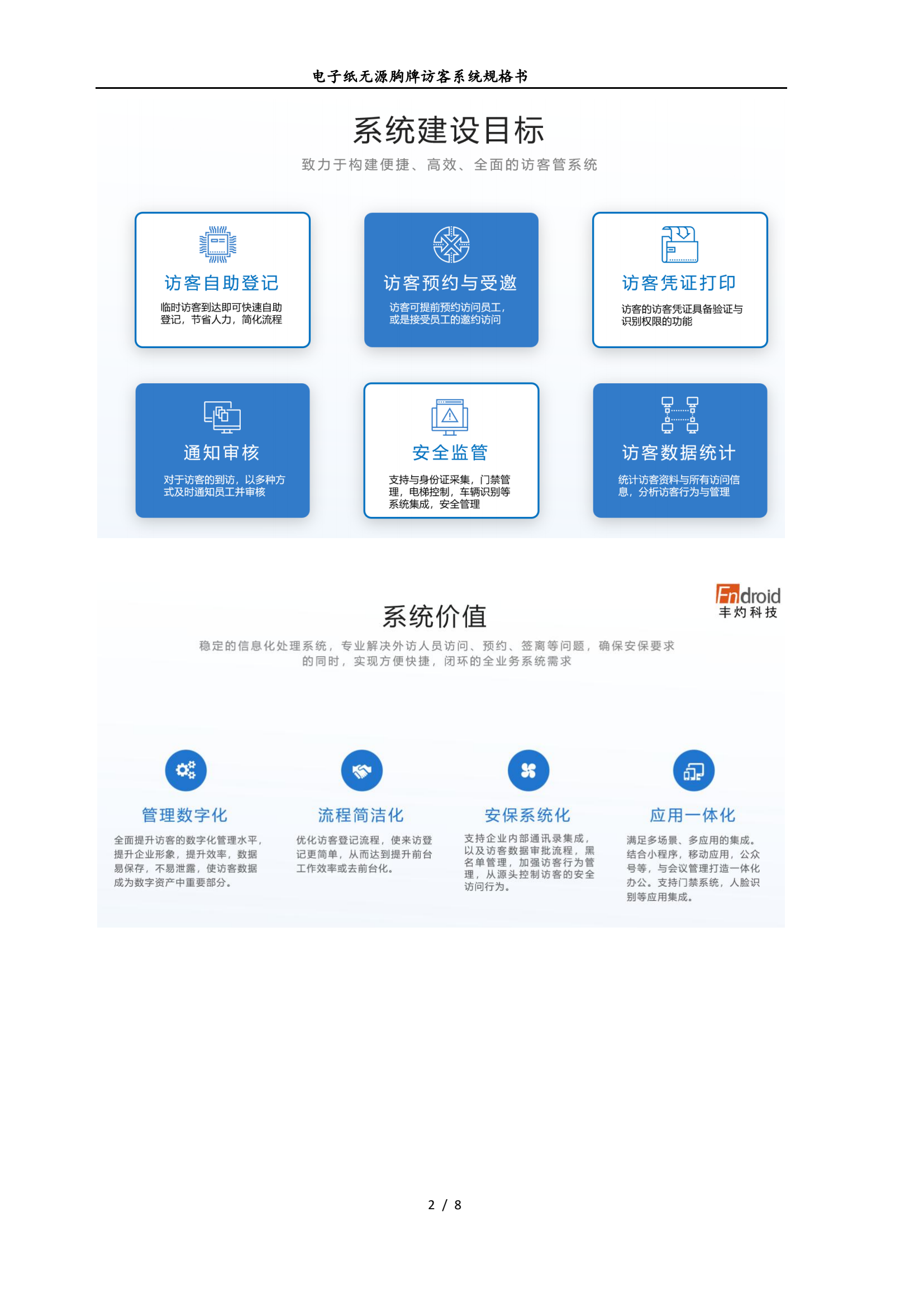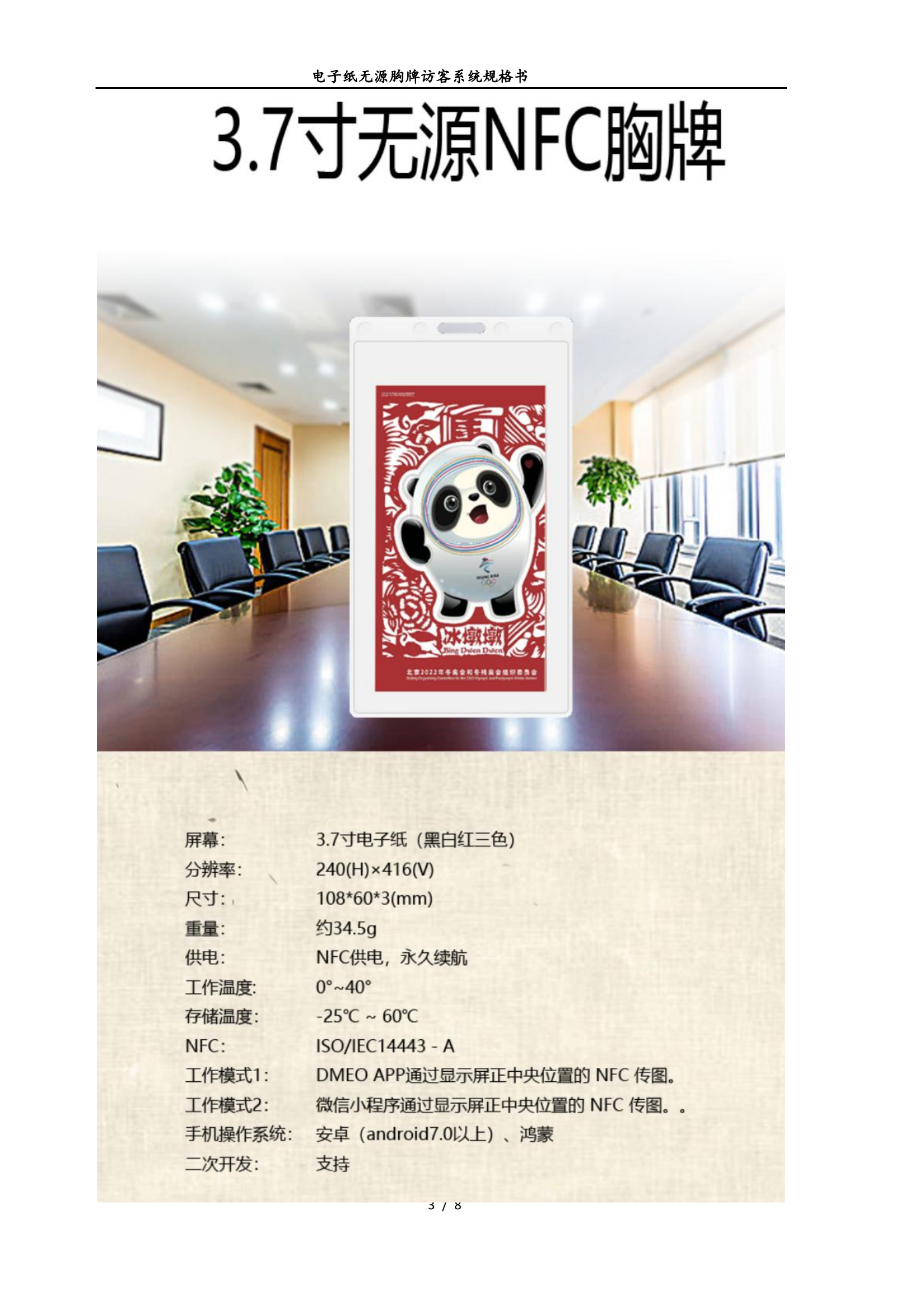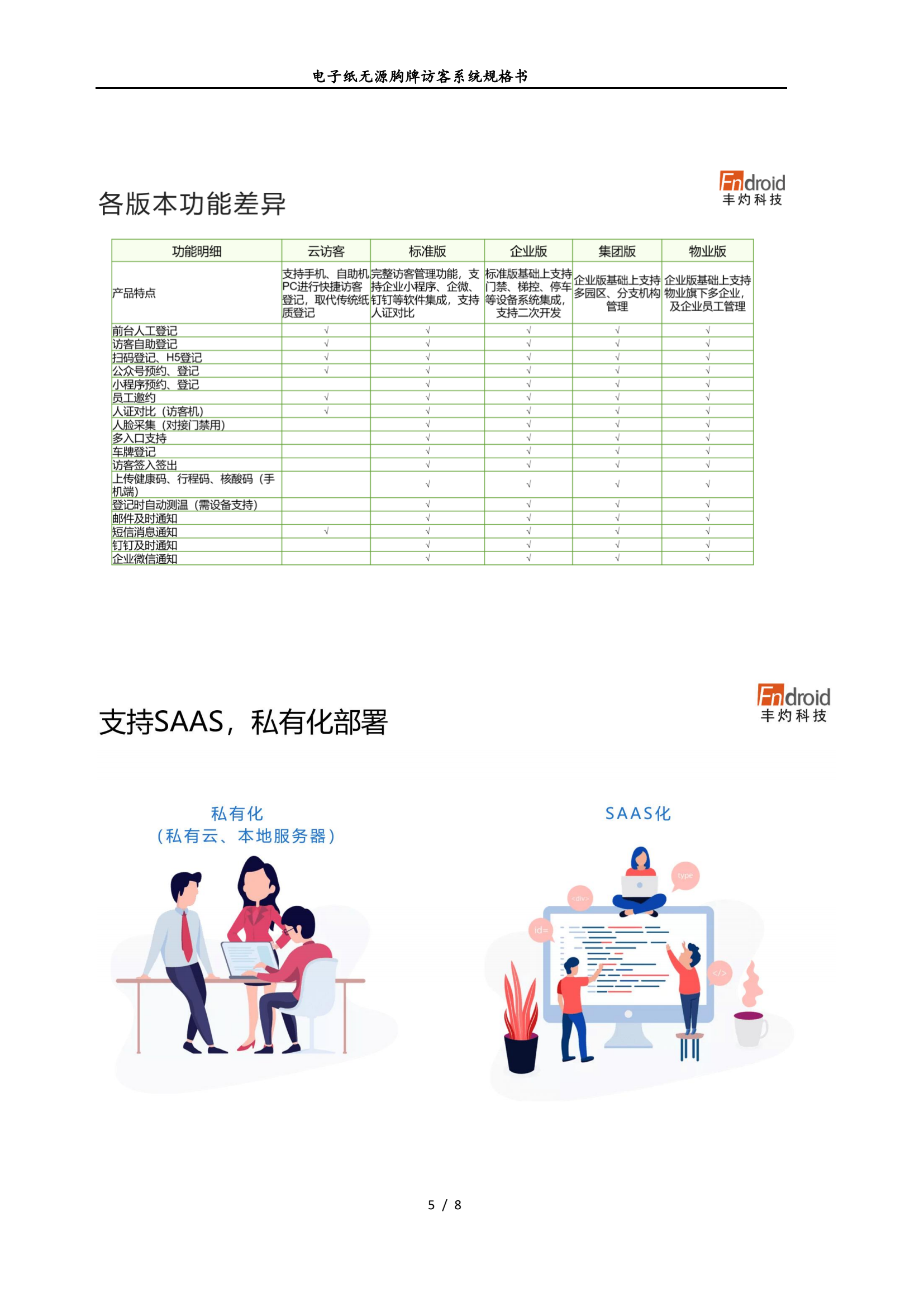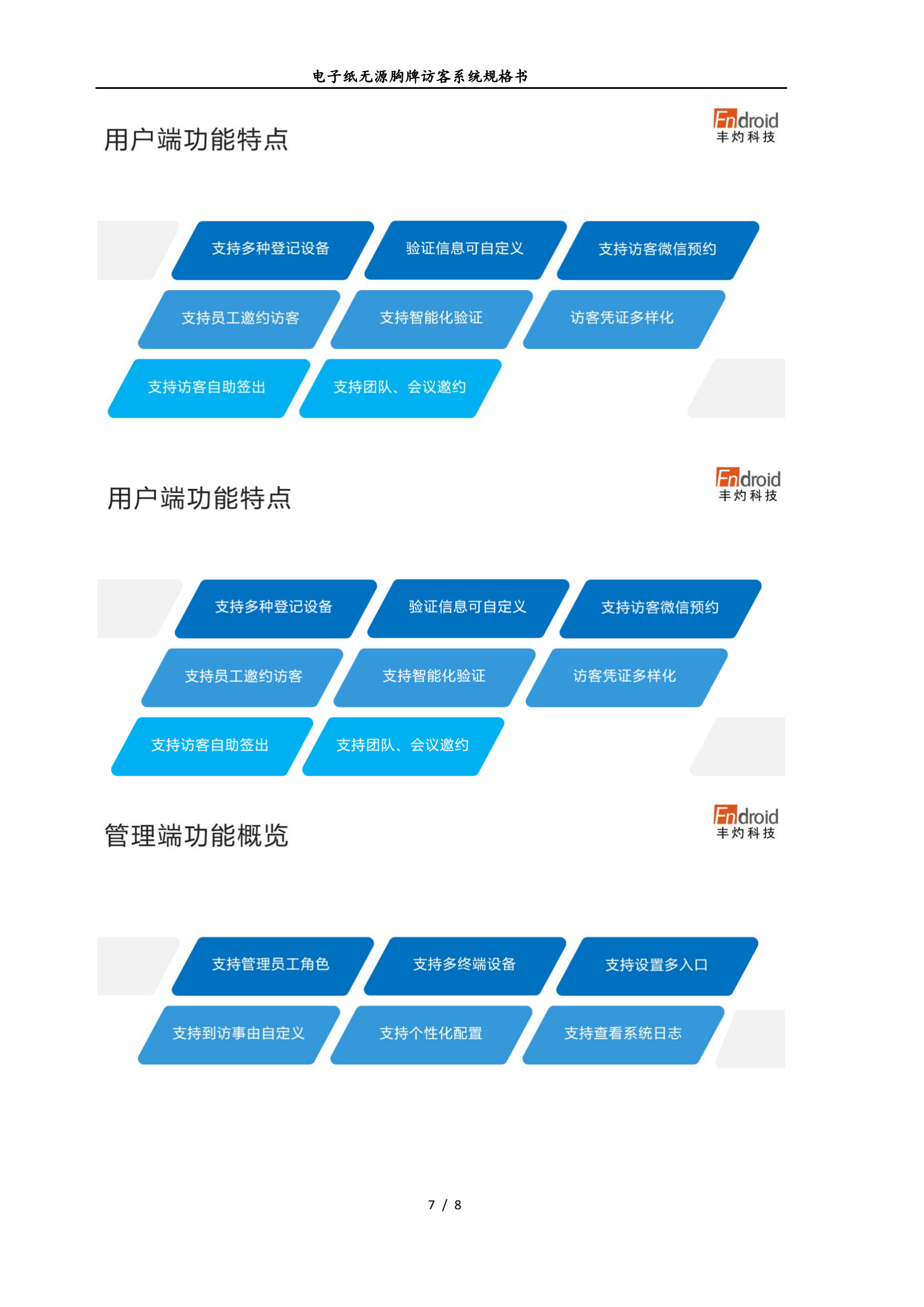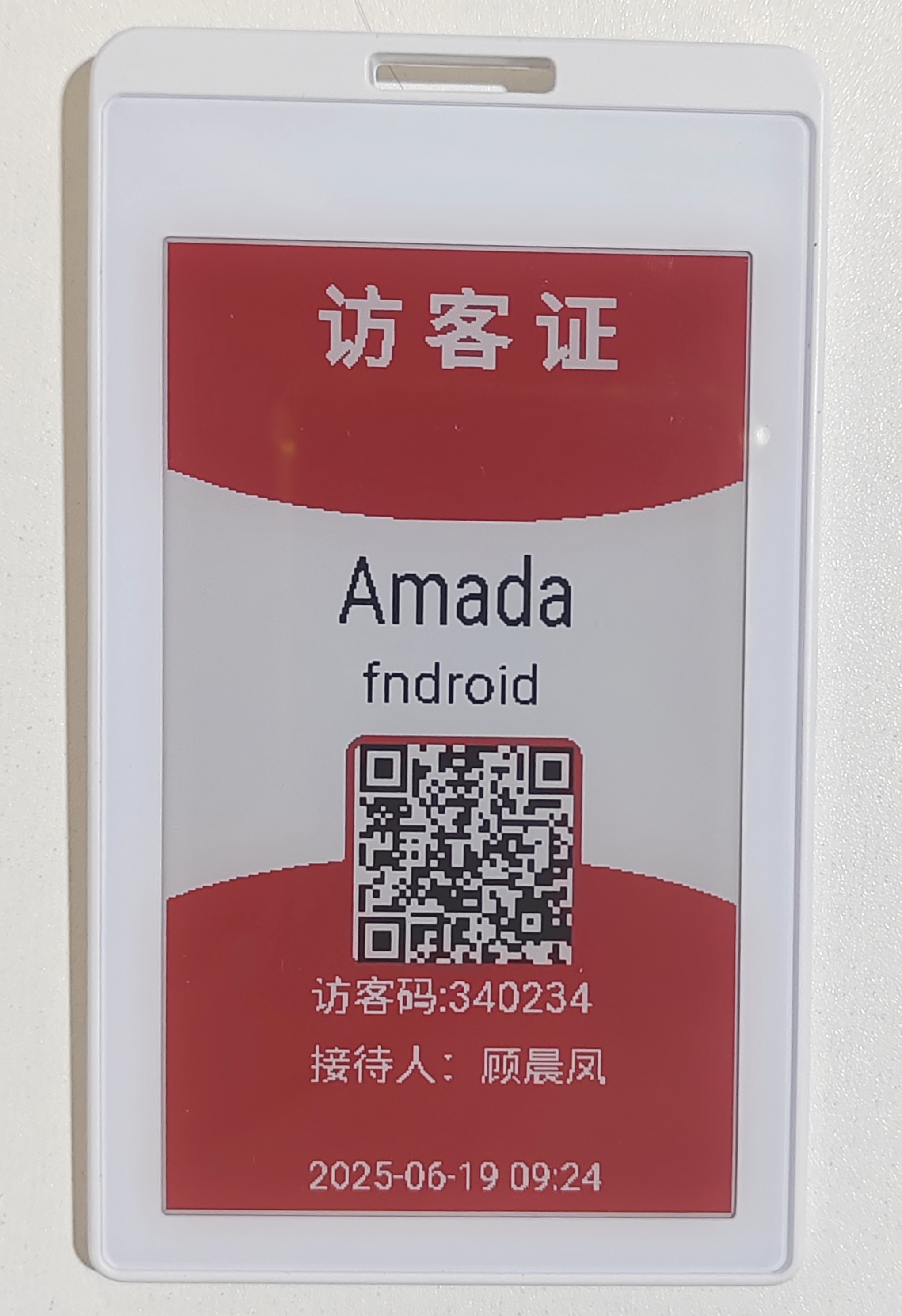 | 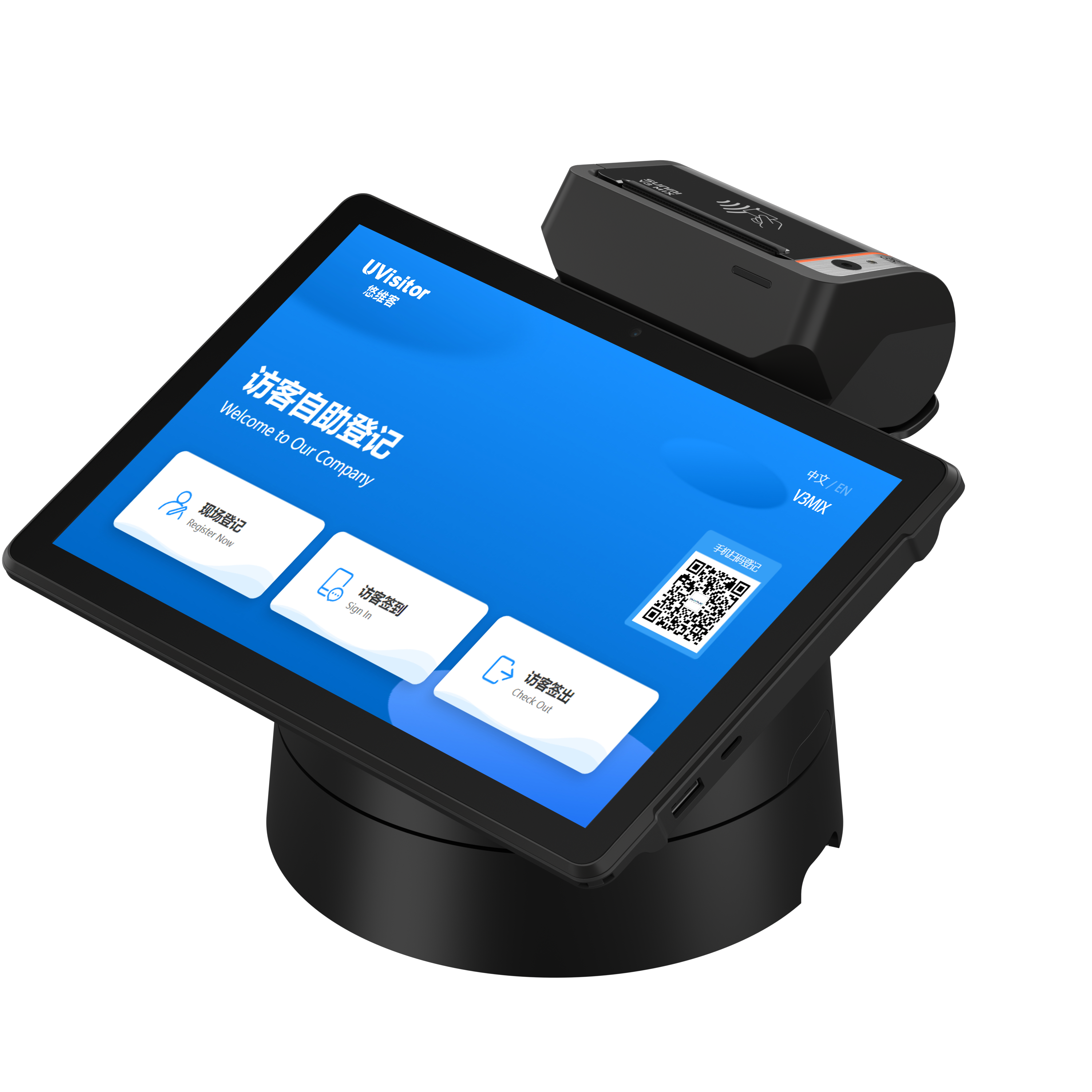 |


I. Origin: An Awkward Visitor Experience
During a technical discussion at a partner company in a water town, A Niu, the technical supervisor, received a sticky visitor name tag. After the meeting, he wore the name tag while strolling in a park, only to attract strange looks from passersby due to the conspicuous label. This experience made him realize: although gatekeeper systems had gone digital, visitor badges still remained in the traditional paper era—either uniform "Visitor" tags lacking personalized respect, or disposable paper cards that were wasteful and non-environmental. He thought of his company's electronic paper table signs, but was stuck on their battery life issue, sparking the first idea to reform visitor badges.
II. Inspiration: Technical Enlightenment from Battery-free Electronic Locks
Weeks later, a breakthrough came when the hardware team showed a battery-free electronic lock. The lock collects energy via NFC near-field communication signals and can be driven by a mobile phone without batteries. A Niu keenly saw the fit between this technology and electronic paper displays: if NFC energy harvesting were applied to electronic paper, it might solve the battery life problem. Tests showed that e-paper screens under 4.2 inches could be driven—though not suitable for large electronic table signs, they held promise for small devices.

III. Challenges: The Game Between Functional Demands and Technical Limitations
When A Niu discussed with Lao Wang, a friend in the visitor system industry, they confirmed the market demand for smart electronic visitor badges—Lao Wang expected features like real-time positioning, electronic fences, and information pushing, all dependent on built-in power sources, conflicting with passive technology. Through brainstorming, the team re-evaluated needs: while the passive solution couldn't meet all functions, its core advantages—"real-time customized display, low cost, portability, and safety"—directly addressed the key pain points of visitor management (e.g., paper waste, blurred information), while additional functions were "nice-to-haves". This insight clarified the product positioning: focus on basic needs with passive technology at its core.
IV. Breakthrough: The development Journey from Concept to Prototype
With a clear direction, A Niu's team launched R&D: hardware design, software debugging, structural adaptation... After days and nights of hard work, the first passive visitor badge prototype was born—updating e-paper display content via mobile NFC. But integrating with traditional visitor systems posed a new challenge: traditional terminals relied on paper printing, requiring the development of NFC-compatible hardware. Through collaborative debugging with partners, the team not only connected hardware interfaces but also launched a complete SAAS visitor system, enabling end-to-end digitalization from registration to check-out.
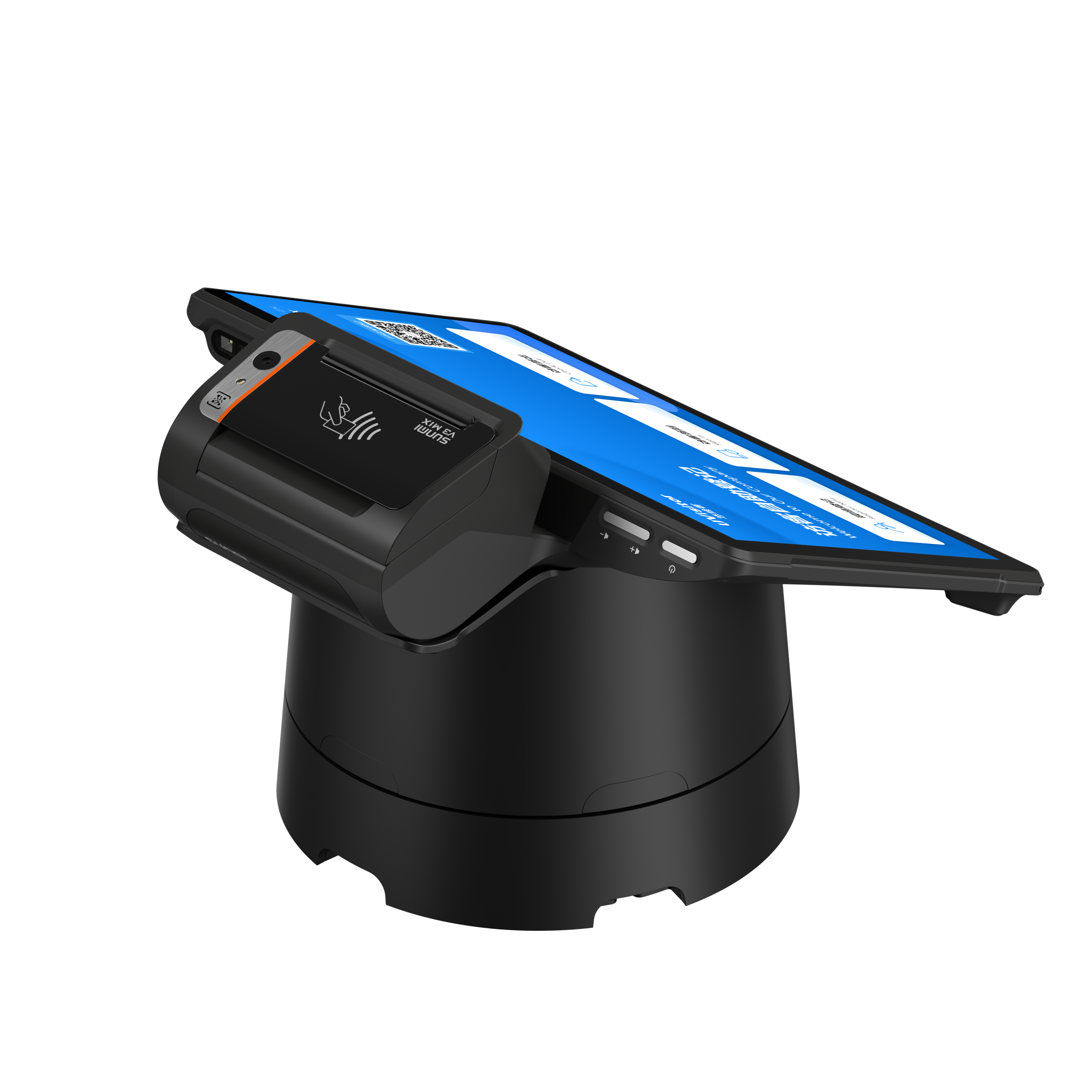
V. Implementation: Revolutionary Applications and Industry Value Release
After going live in a park, the system brought immediate changes:
Green Circulation & Personalization: Saying goodbye to paper printing, visitor information is written to e-paper badges via NFC, supporting personalized display of names, photos, validity periods, etc., with badges reusable indefinitely;
Passive Safety & Management Efficiency: No batteries eliminate safety hazards; security personnel can directly read badge information, greatly improving verification efficiency;
Closed-loop Management & Data Visibility: The SAAS system connects to the backend platform, automatically recording when visitors touch the terminal to check out. Managers can track visitor status in real-time, achieving full-process data-driven management.
Today, this system has become a benchmark for intelligent park operations, with its features of "environmental friendliness, safety, convenience, and closed-loop management". It has ushered traditional visitor management into a new era of digitalization and greenization, redefining efficiency and safety concepts in modern office scenarios.


